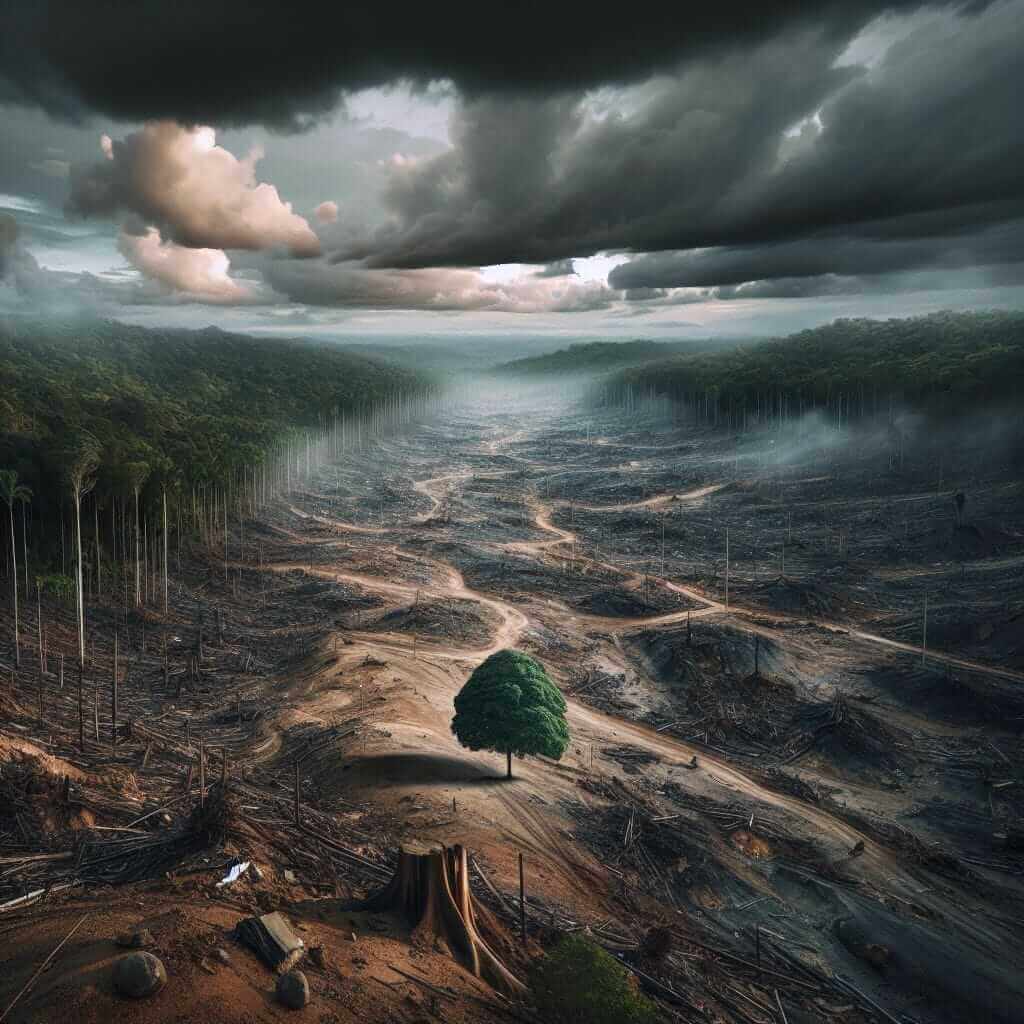The IELTS Reading test is an essential section of the IELTS examination that evaluates your ability to comprehend written English within an academic context. One of the prevalent themes in recent years has been environmental issues, particularly the impact of climate change on various aspects of life. The topic of climate change and its effects on wildlife conservation has consistently appeared, given its global relevance and urgency.
Understanding this topic not only prepares you for possible IELTS questions but also enhances your awareness of an issue that affects our planet. In this article, we will provide an in-depth reading practice test on the effects of climate change on wildlife conservation. Additionally, we will offer tips and strategies to tackle similar IELTS Reading questions effectively.
Practice Reading Test on Climate Change and Wildlife Conservation
Reading Passage
Climate Change and Wildlife Conservation: A Growing Concern
Climate change, characterized by rising temperatures, changing precipitation patterns, and increasing frequency of extreme weather events, poses a significant threat to biodiversity and wildlife conservation. As global temperatures continue to rise, many species of animals, plants, and insects are forced to adjust, migrate, or face extinction.
Impact on Habitats
One of the most immediate effects of climate change is habitat destruction. Forests, wetlands, and coral reefs are particularly vulnerable, leading to a decline in suitable living conditions for many species. As habitats shrink or become fragmented, species that are unable to adapt or migrate suffer drastic population declines.

Changes in Migration Patterns
Many migratory species, such as birds and marine animals, rely on specific environmental cues to guide their seasonal movements. Climate change disrupts these cues, leading to mismatched timing in migration patterns, which can affect breeding and feeding cycles. For instance, certain bird species arrive at breeding grounds when food availability is suboptimal, reducing their reproductive success.
Alterations in Food Supply
The interdependence of species means that changes in one part of the ecosystem can have cascading effects. For example, the availability of certain prey species may decline due to habitat changes or temperature shifts, impacting predators that rely on them. A decline in the population of crucial plant species can also affect herbivores that depend on them for sustenance.
Increased Competition and Predation
As species migrate to new areas in response to climate change, they often encounter new competitors and predators. This increased competition for limited resources can lead to population declines and even local extinctions of some species. Furthermore, invasive species, which thrive in changing conditions, can outcompete native species for resources, further endangering biodiversity.
Conservation Strategies
Conservationists are implementing various strategies to combat the effects of climate change on wildlife. Creating wildlife corridors to connect fragmented habitats, protecting critical breeding and feeding grounds, and restoring degraded ecosystems are some methods being employed. Additionally, conservationists are working to mitigate climate change by promoting sustainable practices and reducing greenhouse gas emissions.
Questions
Question 1 – Multiple Choice
- What is the primary threat to biodiversity and wildlife conservation mentioned in the text?
- A. Pollution
- B. Overfishing
- C. Climate change
- D. Deforestation
Question 2 – Matching Information
-
Match the following statements with the correct section of the passage (A-D).
Statements:
- i. Changes in food availability affect breeding success.
- ii. Creation of wildlife corridors.
- iii. Habitat shrinkage and fragmentation.
Sections:
- A. Impact on Habitats
- B. Changes in Migration Patterns
- C. Alterations in Food Supply
- D. Conservation Strategies
Question 3 – True/False/Not Given
- Migratory birds benefit from early arrival at their breeding grounds.
- A. True
- B. False
- C. Not Given
Answer Key and Explanation
- C. Climate change – The passage emphasizes that climate change is the primary threat to biodiversity and wildlife.
-
- i. Changes in food availability affect breeding success – C. Alterations in Food Supply
- ii. Creation of wildlife corridors – D. Conservation Strategies
- iii. Habitat shrinkage and fragmentation – A. Impact on Habitats
- B. False – The passage states that early arrival can lead to suboptimal food availability, affecting breeding success negatively.
Common Mistakes and Tips
- Overlooking Keywords: Pay attention to specific terms like “migratory species” and “habitat destruction” as they guide you to the relevant sections.
- Misinterpreting Information: Ensure that you understand the context of statements and how they relate to the overall passage.
- Time Management: Allocate your time efficiently, spending approximately 5-7 minutes on each section to ensure you complete all questions within the allotted time.
Vocabulary
- Biodiversity (noun, /baɪ.oʊ.daɪˈvɜː.sə.ti/): The variety of plant and animal life in a particular habitat.
- Mitigate (verb, /ˈmɪt.ɪ.ɡeɪt/): To make less severe, serious, or painful.
- Invasive Species (noun, /ɪnˈveɪ.sɪv ˌspiː.ʃiːz/): Non-native species that spread rapidly and cause harm to the environment, economy, or human health.
Grammar Point
Relative Clauses: These clauses begin with words like “which,” “that,” “who,” “whom,” and “whose” and provide additional information about a noun. For example: “Climate change, which poses a significant threat to biodiversity, requires immediate action.”
Example: “The conservation strategies, which are aimed at safeguarding biodiversity, include creating wildlife corridors.”
Conclusion
Preparing for the IELTS Reading test involves understanding and practicing a variety of topics, one of which is the effects of climate change on wildlife conservation. By practicing with passages similar to those provided in the test, you will become more adept at identifying key information and improving your comprehension skills. Remember to focus on vocabulary and grammar, as these will also enhance your overall language proficiency.
For further reading on related topics, see our article on The Role of Community Initiatives in Environmental Conservation.
Practicing regularly with a diverse range of topics is proven to boost your confidence and performance in the IELTS Reading test. Keep up the good work!